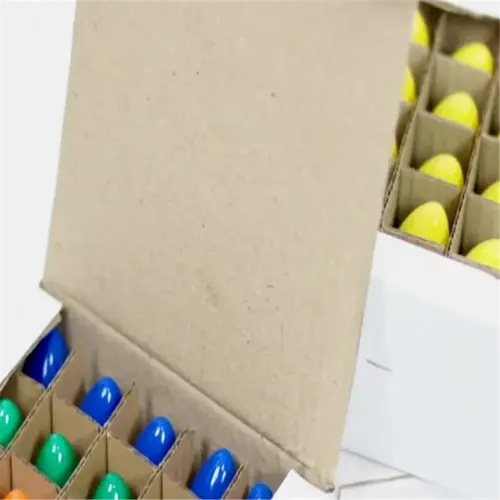Can DIY soil tests replace laboratory analysis?

Written by
Paul Reynolds
Reviewed by
Prof. Charles Hartman, Ph.D.Although DIY soil analyses are convenient to use, they lack some relevant rigor. Early in my work, a client was proud of their kale greens having tested "normal" with a DIY soil kit. Yet, samples sent to a lab revealed elevated lead levels resulting from the nearby road. Lab tests are vital for detecting not just contaminants, but also micronutrients not included in DIY test strips.
DIY Test Limitations
- pH within ±0.5 accuracy
- Approximate NPK ranges
- No heavy metal screening
Lab Analysis Advantages
- Exact ppm of 12+ nutrients
- CEC (soil nutrient retention capacity)
- Salinity and organic matter percentages
Use simple tests for seasonal checks of pH in between laboratory analyses. I encourage their use when monitoring established beds, for example, monitoring nitrogen after composting activities. However, for new gardens or edible crops, always conduct laboratory tests first. As I learned, a client's arsenic-contaminated herbs demonstrated the importance of initial screenings.
CEC, which stands for Cation Exchange Capacity, establishes a fertilizer strategy. A sandy soil with a CEC of 5 requires smaller amounts of fertilizer more frequently. Conversely, clay soil at CEC 20 will hold nutrients for longer periods. Do-it-yourself kits can't measure this, recently a client wasted $200 on slow-release granules that washed away in two rains from his coastal garden.
To achieve maximum cost-efficiency, we can combine the two methods. Use the labs every three years but use the DIY kits, like my strips, on your own every year. Choosing this option saved a school garden $300. Their bean yield doubled after we applied the recommendations, based on lab results, to correct zinc levels, the garden continued to use the strips to calibrate and maintain pH levels in between samples.
Read the full article: How to Test Soil: 7 Essential Steps for Healthy Gardens

